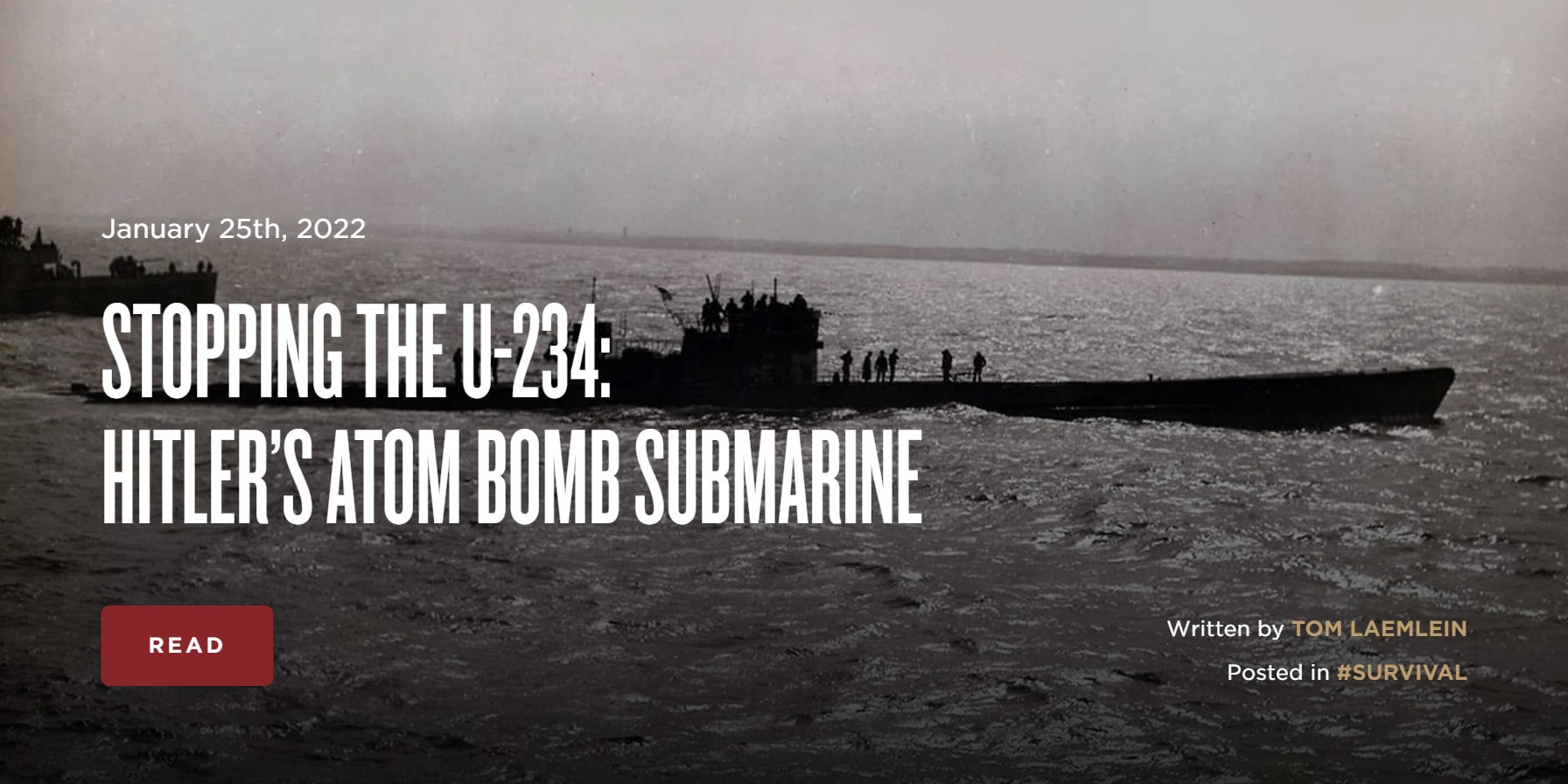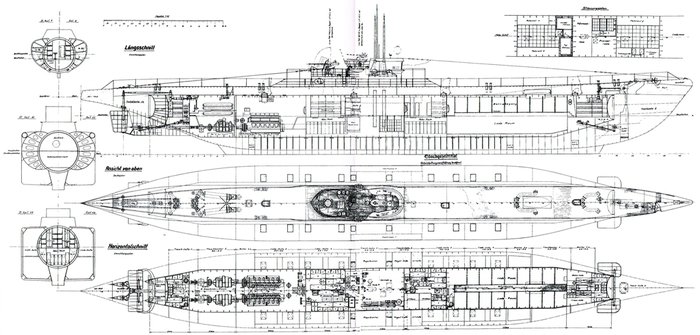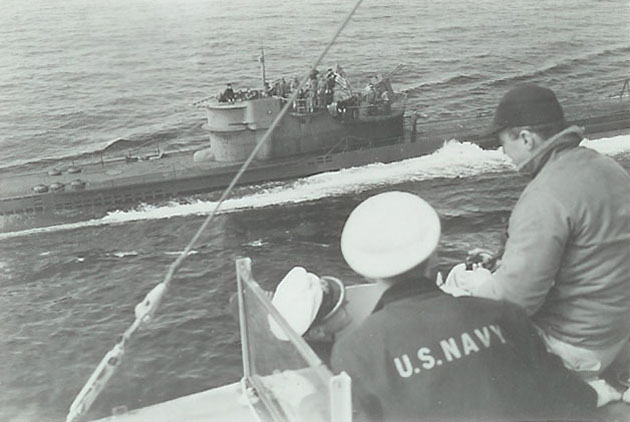New member / submarine vet / reactor operator here. This was a very interesting story; I've long been interested in what Germany was trying to get out at the end of the war, and to where.
I can tell you that Germany did not place a high priority on its atomic developments. German scientists and engineers did in fact attempt to assemble a working reactor at Haigerloch right at the end of the war, but due to some basic physics assumptions on their part being wrong the reactor could not possibly have been made critical. All of the components were found after the war and their effort was judged years away from any success, be it a working reactor or (further on) a weapon. Since they did not know what a critical assembly looked like (physically and operationally) they could not have even begun to consider what a weapon core would look like.
(We had a working reactor in 1942, and I am fortunate to own a tiny slice of the graphite from it, encased in a lucite paperweight given to me as a gift some years ago.)
What the Japanese would have done with the blocks found on the submarine is questionable. I will add that the blocks from the Haigerloch reactor were dispersed far and wide to US laboratories and universities and they still surprise people by turning up now and again, after being forgotten in a locked storage box or something for years.




 weaponsandwarfare.com
weaponsandwarfare.com

